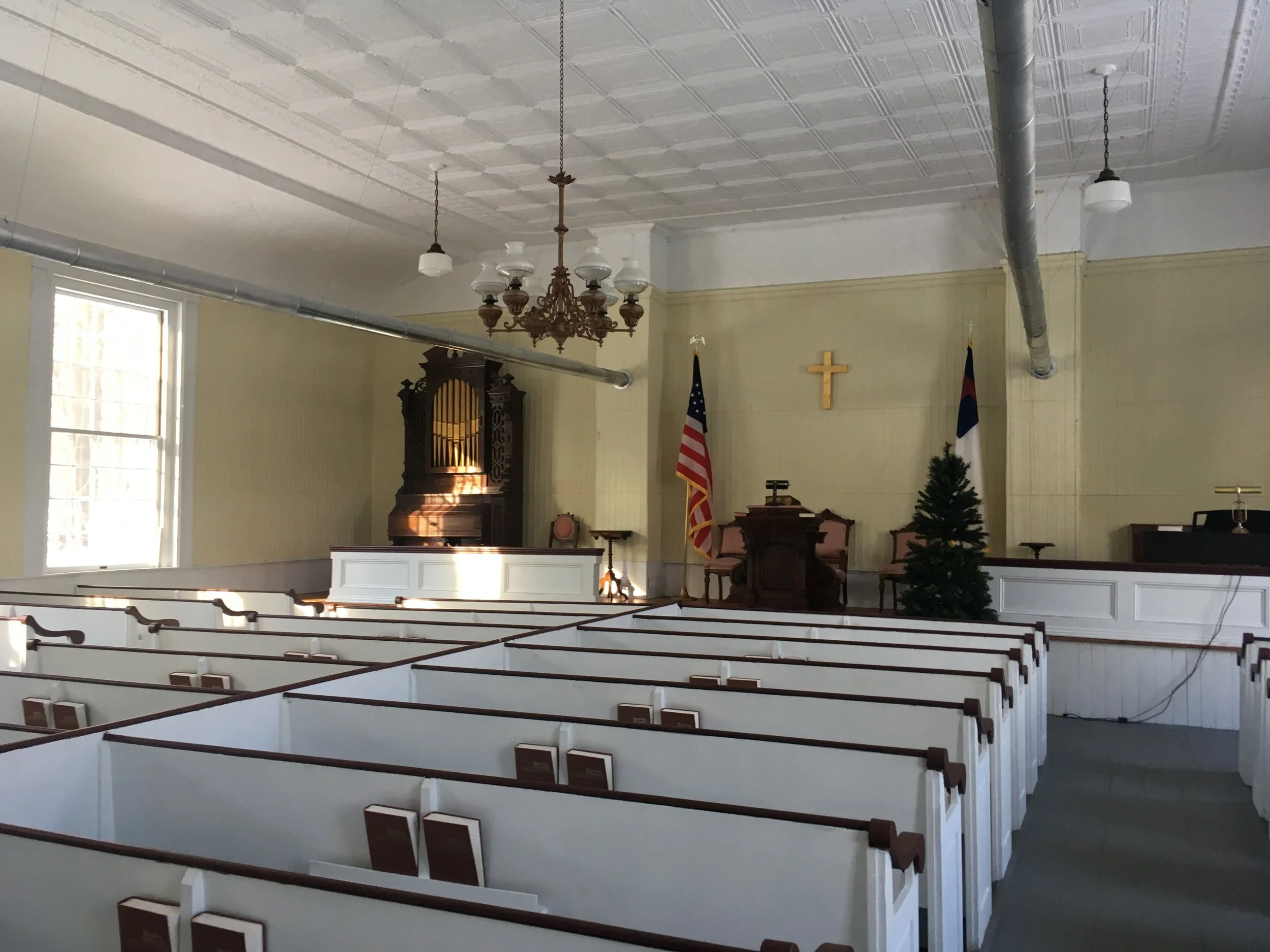2019 Seven to Save: First Baptist Church, Lower Gilmanton
Lower Gilmanton was Gilmanton's first village settled in 1761. A Baptist meeting house was built in 1774 in a field adjacent to the Revolutionary War Training Grounds on what is now known as Frisky Hill. After 67 years, this meeting house fell into disrepair. In 1842, Antipas Gilman and John Meserve, Wardens of the Baptist Society, deeded to the Church the land where the current church is located just south of the original location.
The church has been used continuously for nearly 180 years. During this time, the church has served the community with Sunday services, hosting weddings, funerals, Christmas gatherings, and suppers. It has been described as one of the finest and most intact Greek revival churches in Belknap County and was listed on the National Register of Historic Places in 1989.
Through the continued regular use and upkeep of the property, the Lower Gilmanton Community Club and fellow church members have become concerned about the deteriorating condition of the building. In the summer and fall of 2018 when torrential rains started entering the auditorium, staining ceiling, walls, filling pews with water and stains on floors a member contacted Steve Bedard of Bedard Preservation & Restoration. Mr. Bedard’s observations discovered our steeple was not adequately supported and the structural integrity of our building was compromised. The restoration project estimate came in around $180,000 and is financially beyond the scope of volunteers. The time has come for members and volunteers to seek outside assistance.
The Lower Gilmanton Community Club, used the knowledge learned from the much smaller 2016 Kelley Corner Schoolhouse project, applied for and received an assessment grant from the NH Preservation Alliance. This grant allowed us to retain Steve Bedard for a Building Assessment. The group has applied for a 2019 LCHIP grant and are making a plan for restoration and a capital campaign.
Says Paula Gilman (a 7th generation Gilmanton resident), “Next year, we are hopeful to start the restoration project. Some of this work has been needed for nearly 100 years.”







